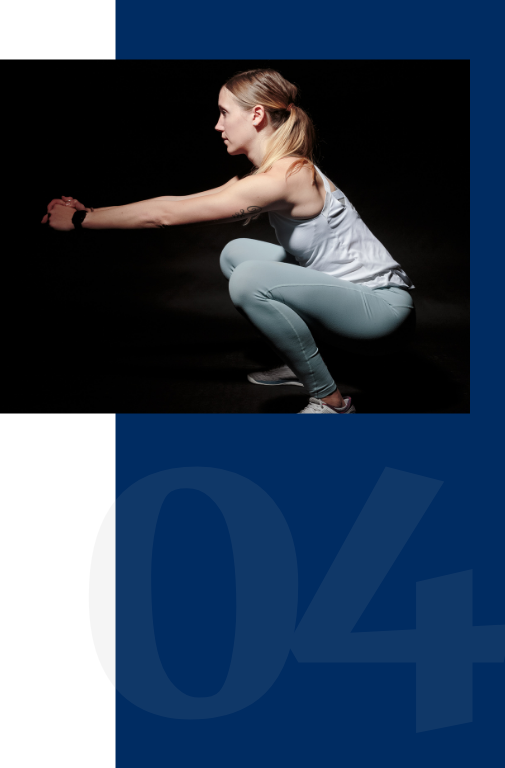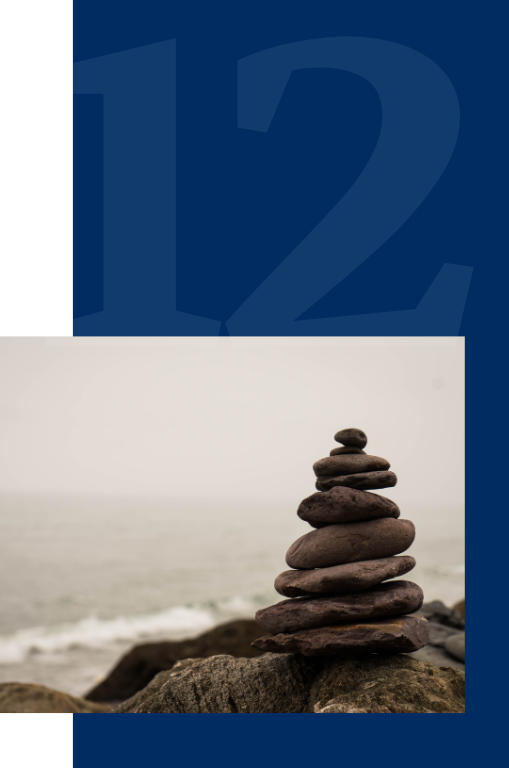Carolina Adventure Chronicles | Part One: SUP, Supper, & Sunset
I’m nearing the end of my time at Carolina, and as such, I have made it my personal mission to do and experience everything that UNC has to offer. This means saying “yes” to more invitations and jumping on all the events and opportunities I passed on in prior years.
After spending nearly 18 months cooped up inside my house, I felt particularly drawn to Campus Rec’s outdoor expedition programs through Carolina Adventures. These expeditions transport students to scenic locations around North Carolina and surrounding states to do activities like backpacking, climbing, and kayaking. I was lucky enough to attend the most recent trip and the first trip held since March 2020: SUP, Supper, & Sunset.
First things first, SUP is an abbreviation for Stand-Up Paddleboard. It’s like a surfboard, but larger, more buoyant, and generally more stable in waves. In other words, it’s one of these:


I grew up by the ocean, so water sports were definitely up there on the list of things I’d missed since coming to UNC. I’d only been paddle boarding a handful of times before, and while I’m generally more of a kayak person, any excuse to get out on the water sounded like a good time to me.
Details & Departure
A few days before the trip, I received an email with loads of details about what to expect, what to bring, and where to meet. I appreciated how clear and communicative the Carolina Adventures staff was, and they seemed more than happy to answer any questions I had.
The suggested items to bring were pretty standard: mask, bathing suit, water shoes, towel, water bottle, and snacks. The actual paddleboarding would take place Saturday evening on Jordan Lake (about 30 minutes south of campus), but we were set to depart from the Carolina Outdoor Education Center (OEC).
FYI: the OEC is a hidden gem, and if you haven’t been yet, you’re missing out! It’s only a 10-20 minute walk from campus and has hiking trails, a disc golf course, tennis and sand volleyball courts, a climbing wall, and even a ropes course with ziplines!

I arrived at the OEC around 5:00 PM on Saturday. The sun was just beginning to sink in the sky, but the heat from the day still lingered. I couldn’t wait to get in the water.
I walked down one of the steepest hills I’d ever seen and sat at a wooden picnic table overlooking some tennis courts. There, I met one of the trip leaders. To my surprise, she was the same year and major as me. It turns out that a lot of the employees at the OEC are undergraduate students, which made the experience feel all the more casual.

As more students began to filter in, our trip leader gave us some medical forms to fill out and water bottles to take with us on the trip. Once everyone had gathered — 10 students in total — we began introductions. The group was a mix of undergrad and grad students of all skill levels. Several people had never touched a paddleboard before; one person used to work as a paddleboard instructor. One thing I liked was that there was never any sense of judgment or expectation that you should know what you’re doing. We were all students, and at the end of the day, we were there to learn.
Another thing the Carolina Adventures staff encouraged was the idea of “Challenge by Choice”. We all have a comfort zone. There are activities and situations that fit within our comfort zone, those that push the boundaries of our comfort zone, and those that far exceed our comfort zone. Where these boundaries begin and end is highly variable and up to the individual to determine. “Challenge by Choice” means choosing to take steps outside your comfort zone at your own pace and by your own motivation. Doing so provides opportunities for growth and personal achievement.

We played a few icebreaker games as the trip leaders loaded the trailer. Then, we packed into the van and began driving to Jordan Lake — paddleboards in tow.
FYI: Jordan Lake is huge — 14,000-acres huge! This reservoir is surrounded by numerous access points with over 1,000 campsites, 14 miles of hiking trails, boat launches, beaches, and swimming areas!
Paddleboard Prep & Pizza
Thirty minutes on the road felt more like 10, as I had some fun conversations with my fellow paddleboarders. The excitement emanating from everyone on the bus was palpable.
Once we arrived at the Farrington Point boat launch at Jordan Lake, we filed out of the van and began to help the trip leaders prep the paddleboards. We untied the boards from the trailer and hoisted them down onto the ground. The trip leaders pumped air into them, and a few of the students volunteered to help secure the fins and ankle straps.
The intense heat from earlier in the day had abated, and the air felt pleasantly warm. We gathered in a circle under the tree canopy for the “supper” portion of the evening. The trip leaders unveiled two of THE LARGEST PIZZAS I had ever seen from none other than Benny Capella’s. Each slice was bigger than my head. It took two people to carry one box. If you’ve ever wondered what a 28” pizza looks like, let me put it into perspective for you:
After we finished up dinner, the trip leaders ran through some safety instructions and suited us up with paddles and personal flotation devices (PFDs, formerly known as life jackets). Then, we were ready to go.
Smooth Sailing & Sunset
The boards proved to be a bit cumbersome to carry, but the walk to the water’s edge was only about 25 yards. I slid the nose of my board into the water, attached my ankle strap, waded out a few feet, hopped on the board, and pushed off of the sandy bottom with my paddle.
My first “Challenge by Choice” was standing up. I set my paddle down on the board, placed my feet shoulder-width apart in the middle of the board to give myself more stability, and stood up. For a few moments, I was sure I would go flying into the water. I wobbled and teetered and tottered until I found my center of balance and came to a rest.
The group waited for everyone to get situated on their boards before paddling east toward a bridge. We chatted amongst ourselves as white egrets flew overhead and blue herons stood stoically by the shoreline.
We crossed under the bridge, and the lake opened up into another expansive section with an island at the center. We paddled past the island, gliding through gentle waves as the setting sun softened the sky to a pastel blue.
We paused at an outcropping of trees and several of the students (myself included) jumped into the water for a swim. The water was surprisingly warm — even warmer than the air at that point. After splashing around for a while, someone in the group challenged all of us to a race. Call it my second “Challenge by Choice” of the day.
We lined up. I lowered my stance on my paddleboard to increase my balance. At the word “Go!”, I surged forward, furiously paddling with two strokes on each side of my board. I charged ahead, and with no predetermined finish line in sight, I paddled until my arms begged me to stop. Behind me, I heard boisterous cheering and the occasional splash as someone from the group lost their balance and fell headlong into the water.
The group started back toward the shore just as the eastern sky turned a milky lavender color. The full moon, a vibrant pink and the largest I had ever seen, was just peeking above the trees on the horizon. I stared in awe and tried to follow the barely perceptible track of its upward movement. By the time we rounded the corner at the bridge, the moon had fully revealed itself from behind the horizon. It cast a wavering spotlight on the lake water down below. The western half of the sky was an artwork all its own. The sun, brushing up against the treeline, set the sky ablaze with color. The surface of the water was illuminated in a brilliant golden glow, while everything to my front was silhouetted black against it.

We reached the shore just as night fell and packed up the paddleboards. Before heading out, we did some reflecting on our experiences: the roses, the buds, and the thorns. The most common roses were the scenery, meeting new people, and learning something new. The most common thorn was the bugs (note to self: pack bug spray). We returned to the Outdoor Education Center around 9:30 PM and said our goodbyes.
Truthfully, I had an amazing time on this trip, and I would wholeheartedly recommend it to anyone at UNC. In fact, I enjoyed it so much that I signed up for several more trips this semester (Carolina Aventures series???).
Signing up was easy at https://stayactive.unc.edu/ under Programs > Expeditions. Spots on each trip are limited, so only sign up if you are certain you will be able to go. Trips vary in their level of intensity and typically happen on weekends, although some trips happen over extended breaks. For example, Carolina Compass is a 4-day backpacking and rockclimbing expedition exclusive to first-year students that takes place over fall break. Be sure to read the details of each trip thoroughly before deciding, and don’t hesitate to reach out to staff with questions.
These trips can be a fun activity to do with friends, but don’t be afraid to sign up by yourself. In fact, most people on the SUP trip had signed up by themselves. If you’re looking to step outside of your comfort zone and make new connections, I really recommend it. The casual environment and common interest (being outdoors!) make it really easy to get to know people.









































